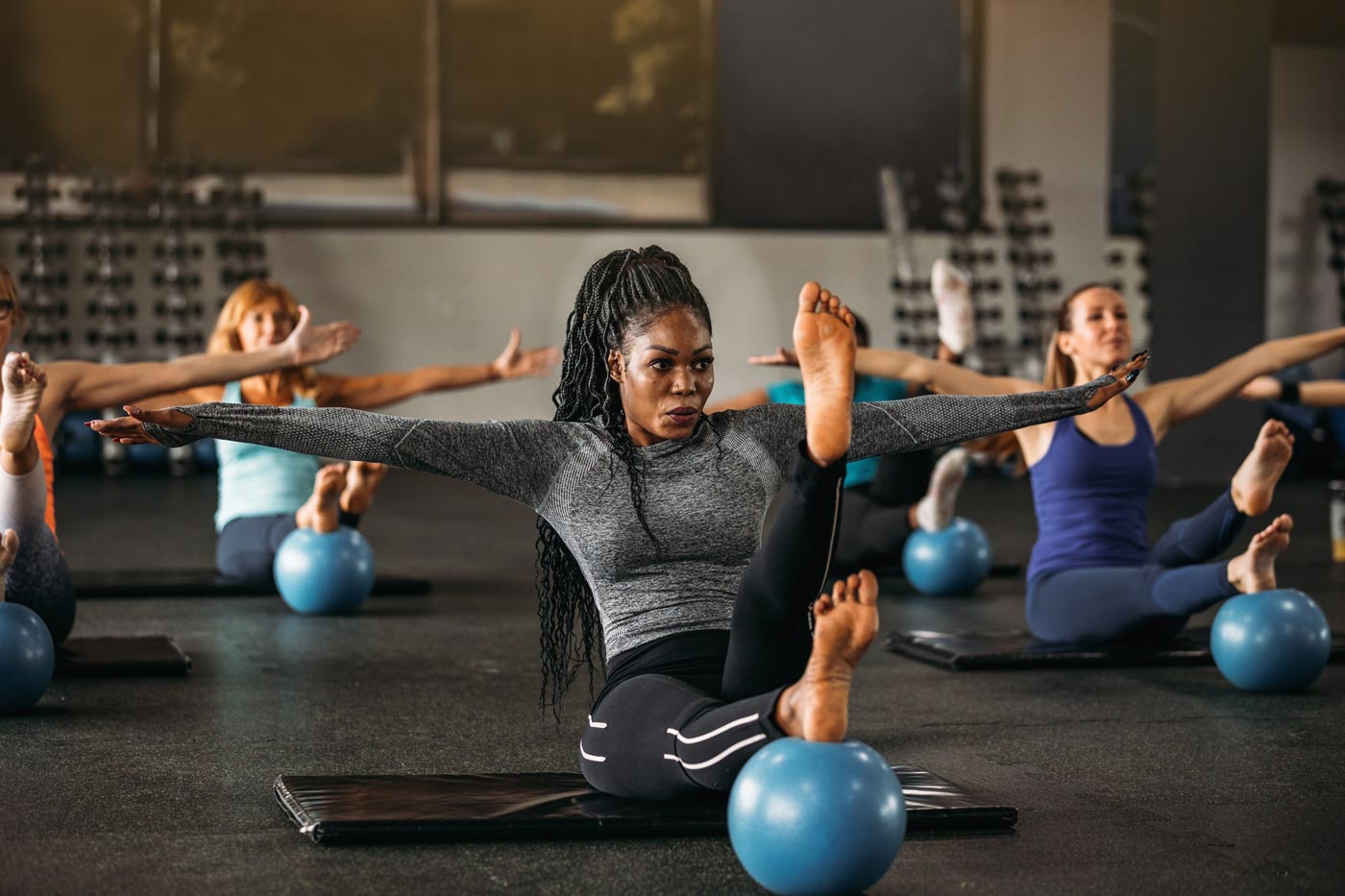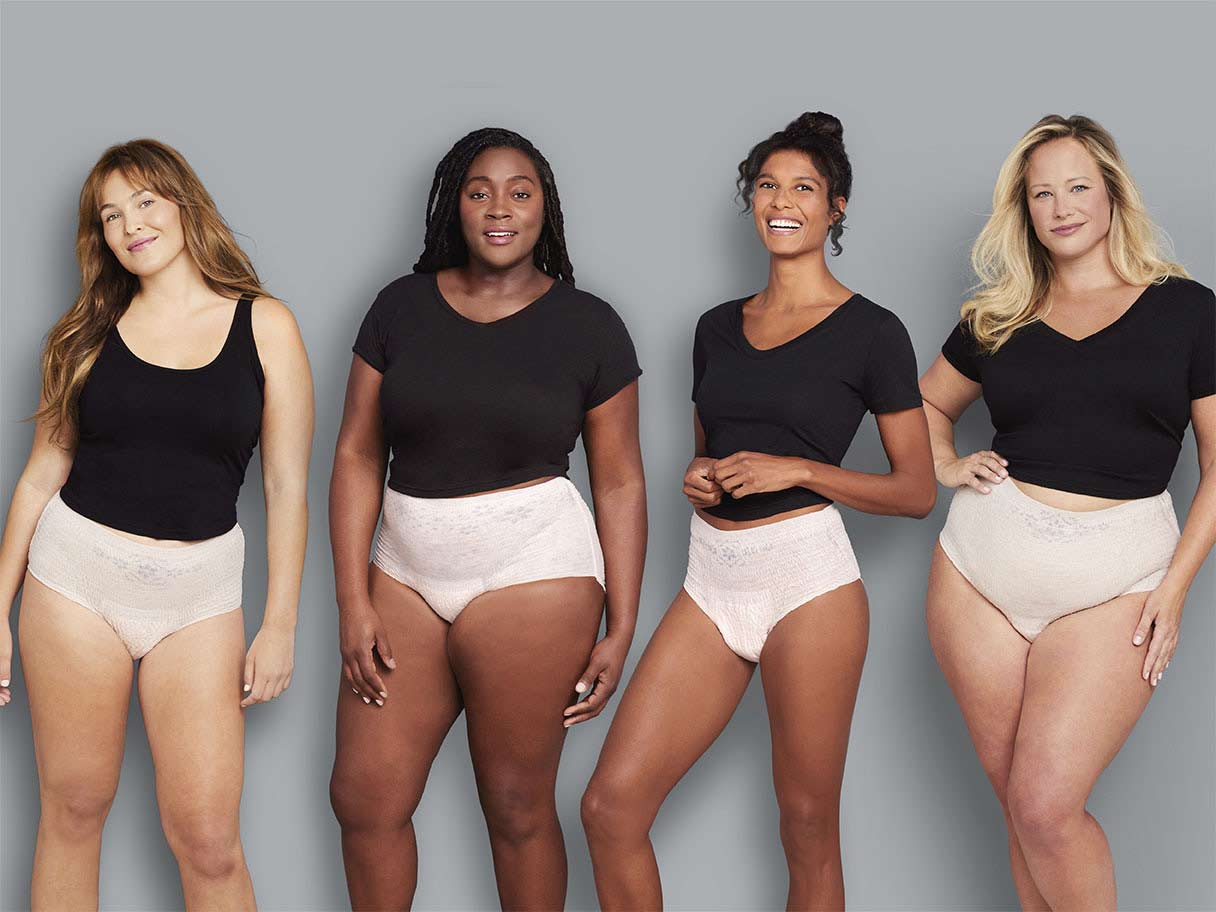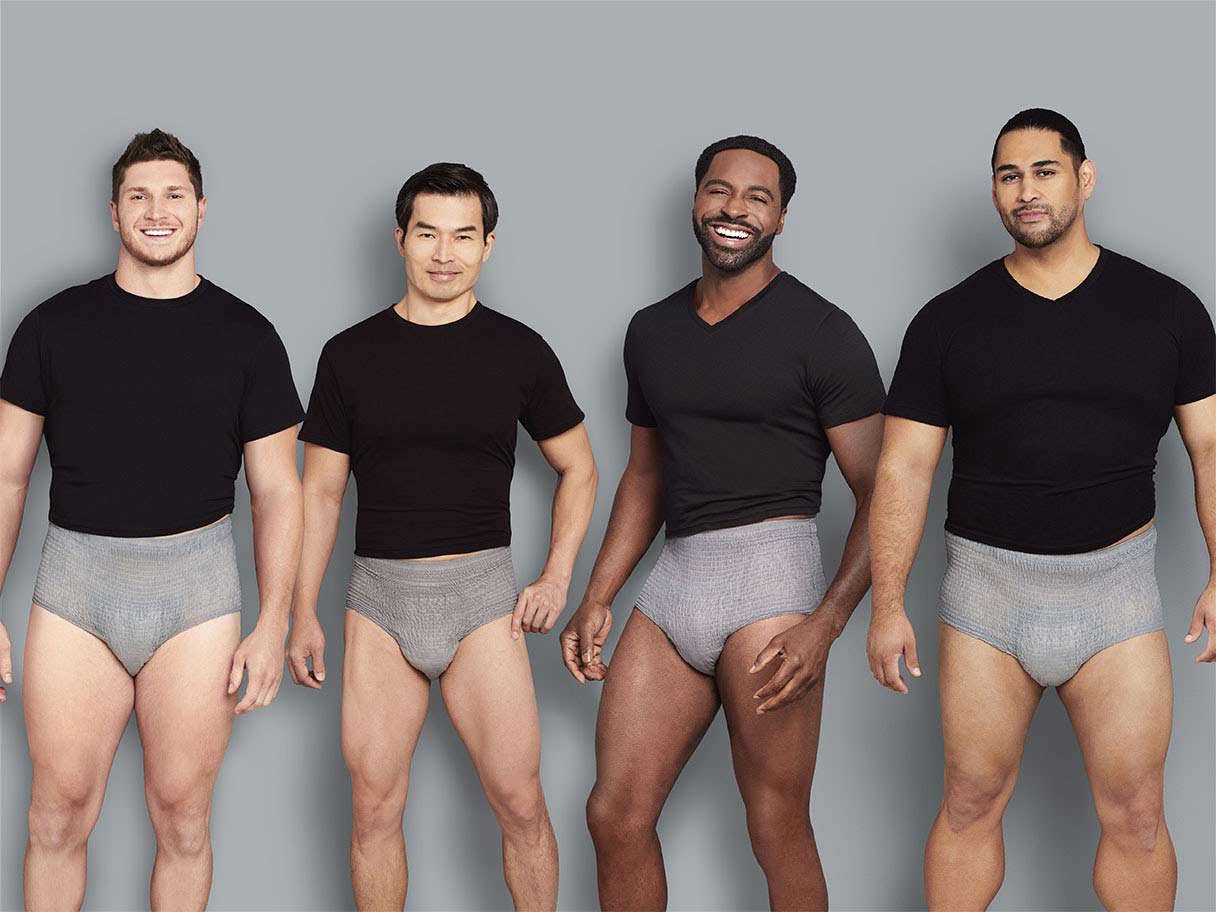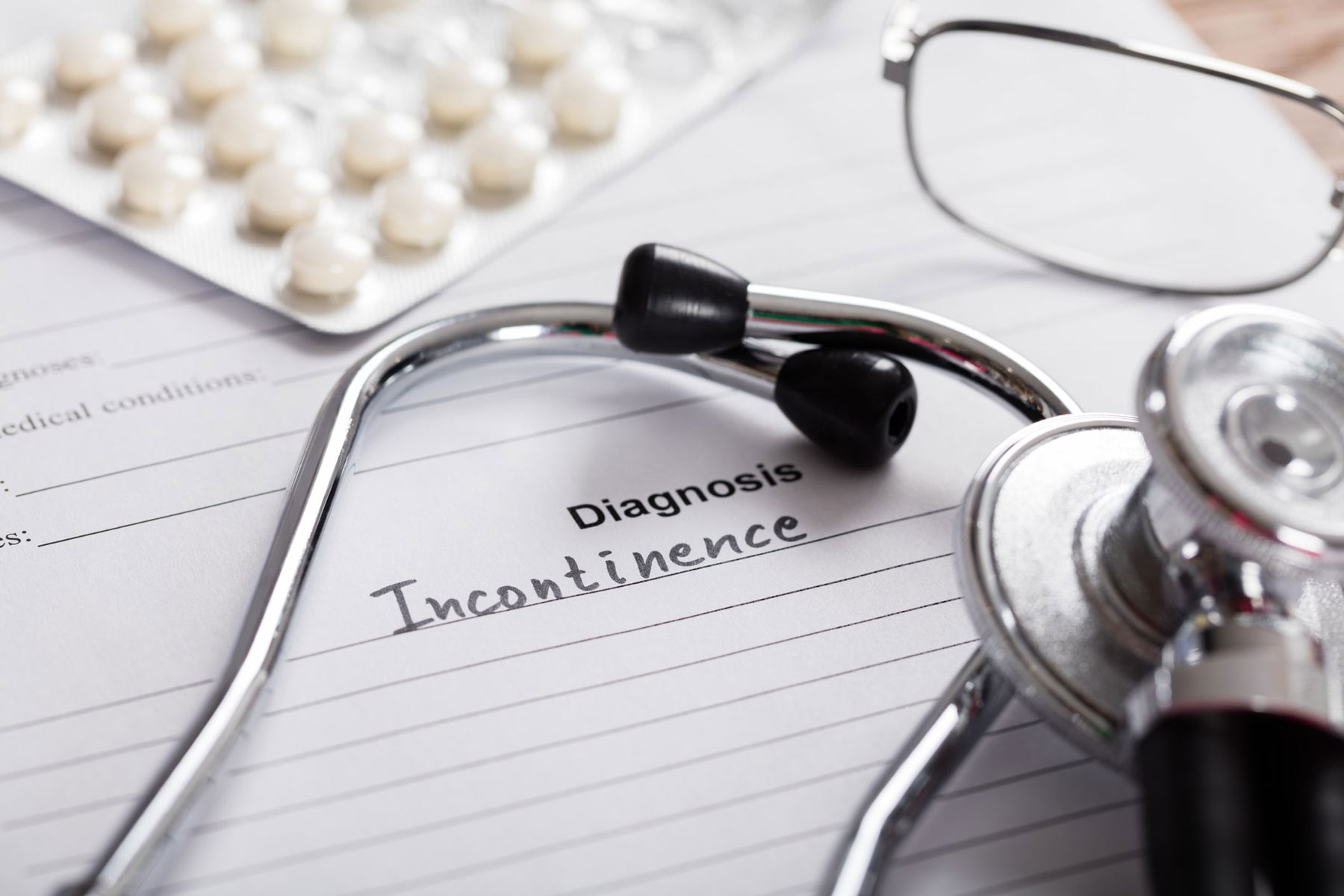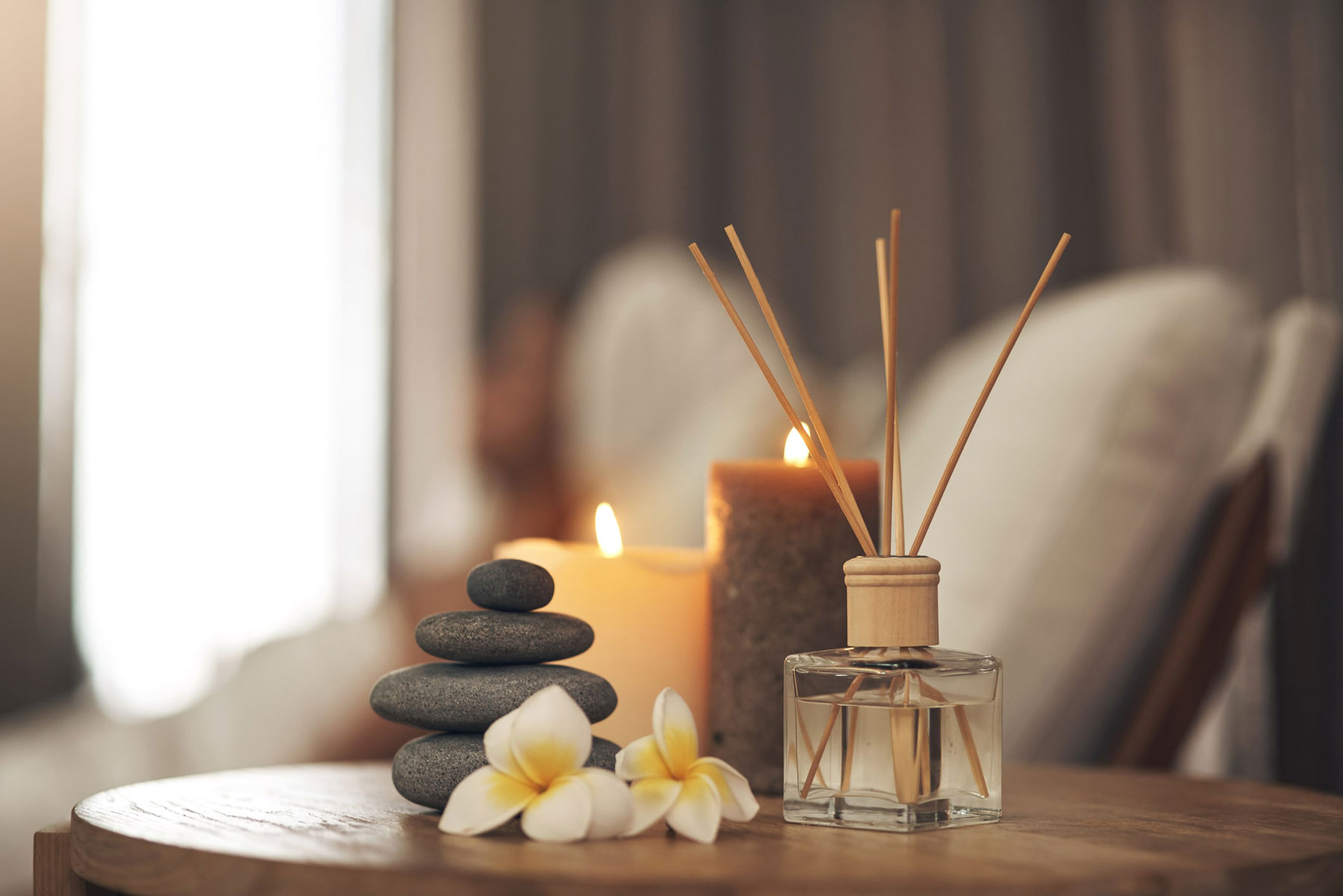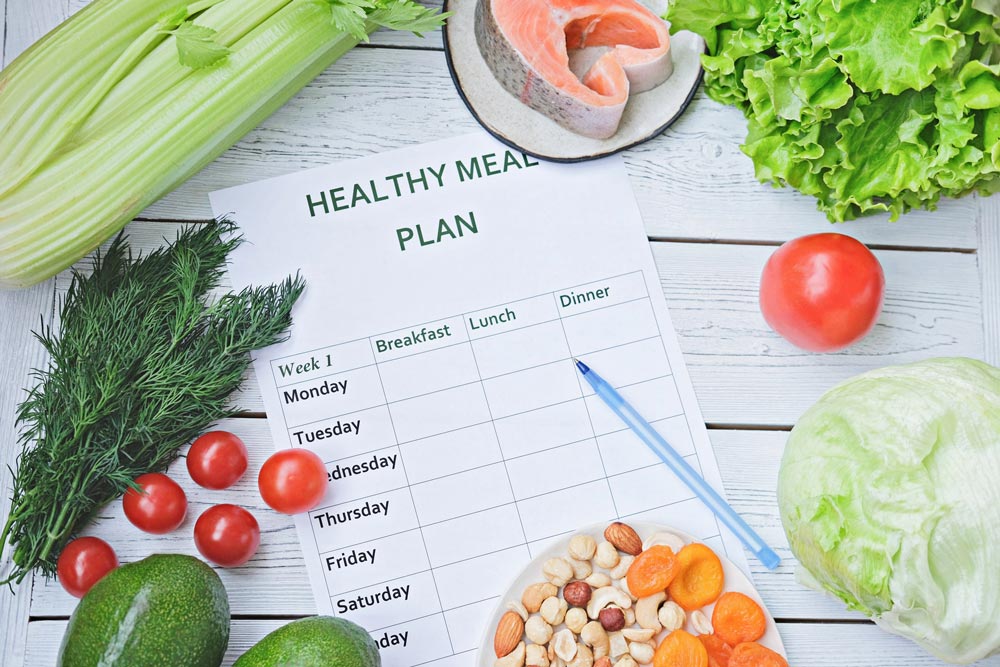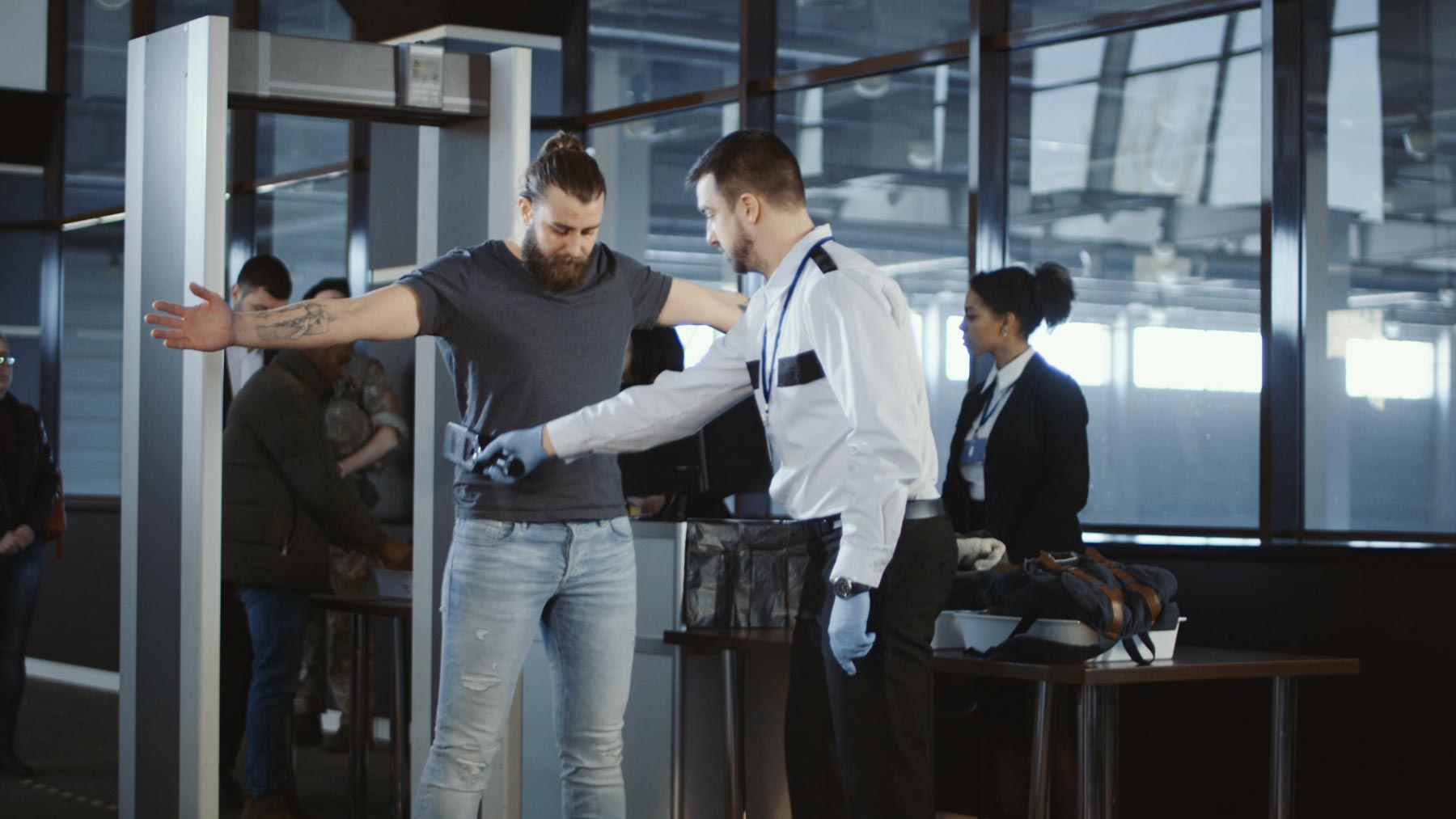7 Tips and Tricks for Staying Fit with Urinary Incontinence
7 Tips and Tricks for Staying Fit with Urinary Incontinence
Bladder leaks don’t have to keep you from reaching your best possible health. Human bodies are meant to move, and when you stay active – whether you’re taking a 30-minute walk every day or pumping iron at the gym a few times a week – your health will inevitably benefit.
Unfortunately, too many people with incontinence (understandably) allow their fear of a leaking incident keep them from physical exercise. A European study found that 60%+ of women with medium to heavy incontinence reported that it was a barrier to their fitness efforts. (Source: Research conducted by Department of Urology, Ippokratio General Hospital - Thessaloniki, Greece)
Some people even say they’re on a “bladder leash” and feel like they can’t leave the house because their bladder won’t behave. Did you know that losing a little weight could help you break free from that leash? In fact, even just a 10% weight loss could help decrease leaks by up to 70%. So while it may be challenging to overcome this fearful mindset, it may help to remind yourself that being overweight can contribute to incontinence, while exercise can help alleviate it.
How can you free yourself from the “fear of leaks”, so you can work out? Here are seven tips that should help:
Find a workout that works.
Many experts say that the best exercise is whatever exercise you’ll consistently do. If you’re worried about bladder leaks, consider low-impact exercise, like bicycling, hiking, swimming, walking and yoga. Experts recommend 150 minutes of moderate exercise per week, which can include different forms of exercise on alternating days to keep things interesting. Find something you enjoy (or at least don’t hate) and then do it consistently.
Exercise at home.
There are many different types of exercise that can be done at home. If you aren’t sure you have the room or the time, there are a myriad of workouts that don’t require much space or more than thirty minutes. From walk-at-home videos with fitness experts like Leslie Sansone to free in-home yoga tutorials like those from www.doyogawithme.com, there are hundreds of programs that provide tools to help you to get fit. If you have extra room in a bedroom or basement, equipment - like stair-climbers, treadmills and weight benches - is something great to consider. You can often find these at very reasonable prices from people who purchased them and found they didn’t use them. Try online swap and auction sites in your area.
Get moving early in the morning.
A morning run or walk is an excellent way to start the day. Paul, an avid runner who participated in our Real Stories videos, heads out at 4am, while it’s still dark. “If I have an accident or any bladder leakage, there’s nobody out there that’s going to witness that,” he says. He started running to lose weight and is now a marathon runner who shares his personal story to inspire others. You can watch Paul’s story here: Real Stories
Practice smart hydration.
Sure, it’s important to stay hydrated. But drinking a ton of water right before exercising may be detrimental to your stay-dry strategy. Consider taking small sips throughout your workout, saving the big drinks for afterwards.
Find protection that works during workouts.
Absorbent protection can help you stay dry so you can finish your workout before you visit the restroom. From liners and pads to absorbent Depend® Underwear, try different products to determine what works best for you for discretion, comfort and leak avoidance.
Choose loose-fitting black clothing.
There are several Depend® products that are discreet enough to wear under running or yoga pants. However, you may feel more comfortable wearing loose fitting garments instead. Choose black or other dark colors, since they are more likely to minimize the appearance of leaks.
Track your time.
Keeping a bladder diary can help you determine when to use the restroom to minimize leaks when working out. Just before? Right after? Some people – depending on the cause of their incontinence - find that they can “train” their bladder by keeping a schedule of voiding every two to four hours.
You may have to push through some resistance to working out when you’re worried about leaks, though the effort to get and stay active will be worth it. Regular exercise increases your energy, elevates your mood, helps fend off health conditions like heart disease and diabetes, and promotes better sleep. So put all those fears about unexpected leaks behind you and get started today.
(Note: Remember to consult with your doctor before beginning any new exercise program, to ensure that it’s safe for you.)
